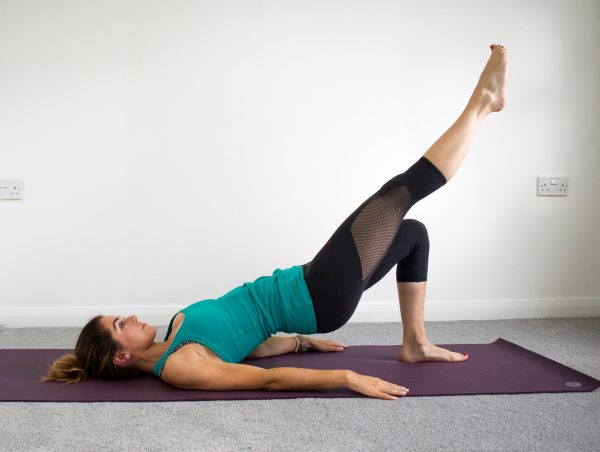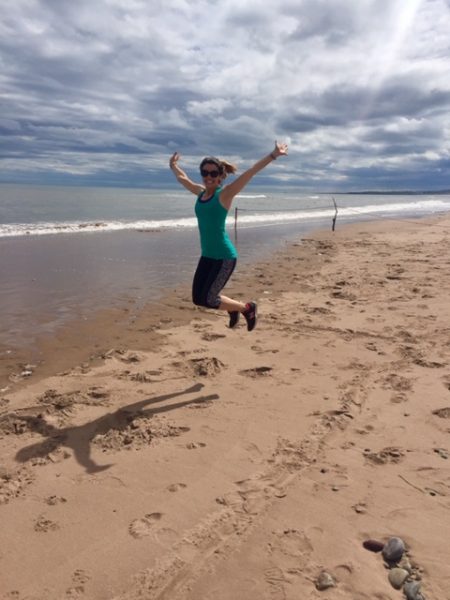We all know the extensive health benefits of regular exercise, but are we really aware of how much we should be doing? The UK Government have just published new and updated guidelines last month on the recommendations of physical activity for all age groups. It may be easy to push your fitness back to next week or re-prioritise when things crop up, but are you getting your daily/ weekly quota in? Here we look at the current guidelines and further details are provided for clarity below if you keep reading!
Aerobic exercise: Aerobic/cardiovascular exercise should evaluate the heart rate to work the heart and lungs. Moderate activity: walking, cycling or shopping. Vigorous activity: football, dancing, swimming. Very vigorous: sprinting up hills, weight exercises.
Strength training: Resistance exercises that work all the major muscle groups and both upper body and lower body regions. Exercises should be repeated until failure (this period will vary depending on the method chosen and the number of repetitions required). These can include body weight, weights, machine weights, resistance bands, or stairs.

Adults (19-64 years):
150 minutes/week of moderate activity OR 75 minutes of vigorous activity. This should include 2 strength training sessions.
For those just starting out, guidelines do suggest ANY activity is better than none, and the more achieved the better.
Older adults (65+ years):
150 minutes/week of moderate activity, AND at least 2 sessions of balance and flexibility exercises.
Babies & children:
Babies and children are highly recommended to achieve the guidelines below through a range of activities. Physical activity in under 5’s influences a wide range of short-term and long-term health & developmental outcomes. This activity helps with adiposity, motor development, psychosocial health & wellbeing, quality of life, cognitive development, cardiovascular and musculoskeletal fitness, and skeletal health.
It is the total time spent rather than the time in specific bouts that is important. Exposure to different types of activity is implicated in higher perceptions of competence, so a wide range of different activities is recommended when young.

Infants (<1 years): 30 minutes of tummy time over the course of a day, with activities including reaching, grasping, pulling, rolling.
Toddlers (1-2 years): 180 minutes/day of activity through play.
Pre-schoolers (3-4 years): 180 minutes/day of activity through play, education, and activities.
Children & young adults (5-18 years): 60 minutes/day of moderate to vigorous activity.
Pregnant & postnatal women:
Guidelines now advocate women to exercise during and after pregnancy for optimal benefits to both them and their baby. If you have not been exercising it is suggested you start gently and gradually build up. If you were exercising prior to pregnancy you can continue, with some modifications where required.
Pregnant women are recommended to carry out 150 minutes of moderate exercise per week, including 2 strength training sessions.
Benefits of exercise during pregnancy:
Exercising throughout pregnancy can maintain fitness levels, prepare you for birth, help prevent weaknesses postnatally, weight control, blood pressure control, improve sleep, help reduce the risk of diabetes, increase mood, and reduce the risk of pre or postnatal depression. Provided you have the all clear from your doctor or midwife, exercising in pregnancy is also safe with no evidence of harm to your baby.
For more information on exercise during pregnancy, see The Complete Antenatal Guidelines here.
Pregnancy pilates videos available here.
Benefits of exercise postnatally:
Re-commencing gentle exercise after your 6 week check can improve fitness levels, assist with posture and strength for caring for your baby, improve core strength and muscle tone, strengthen your pelvic floor (read everything you need to know about your pelvic floor here), improve mood and minimise depression, help with weight control, and provide some self-care time. Exercising postnatally is also safe to do whilst breastfeeding. Read more about exercising after a C-section here.
Postnatal pilates videos available here.
Summary of the guidelines: ANY activity is better than none, and EVERYONE will benefit from more exercise! The more the better!
The full guidelines can be found here.

